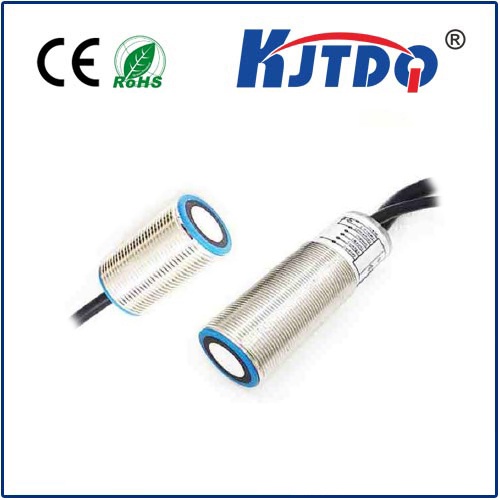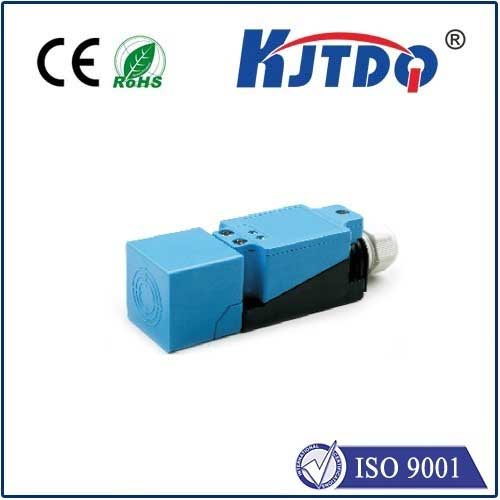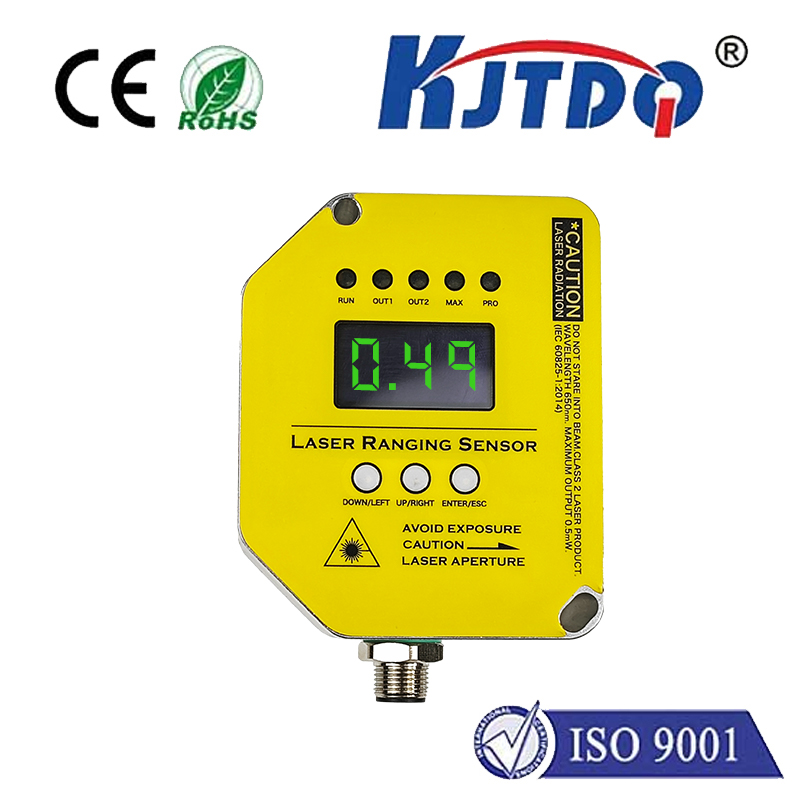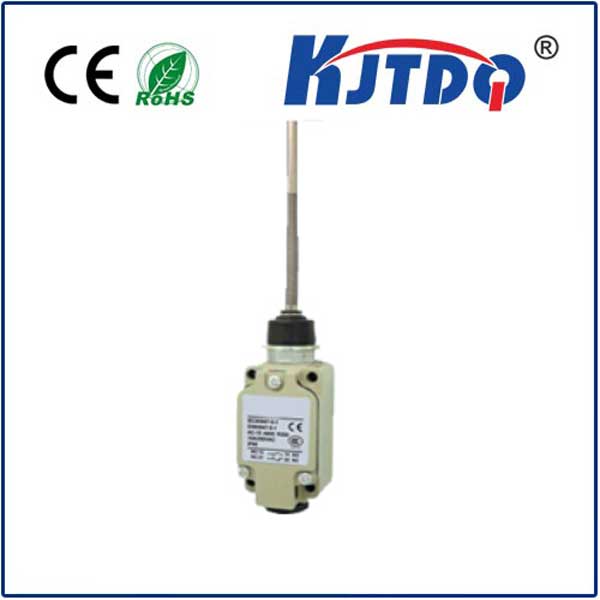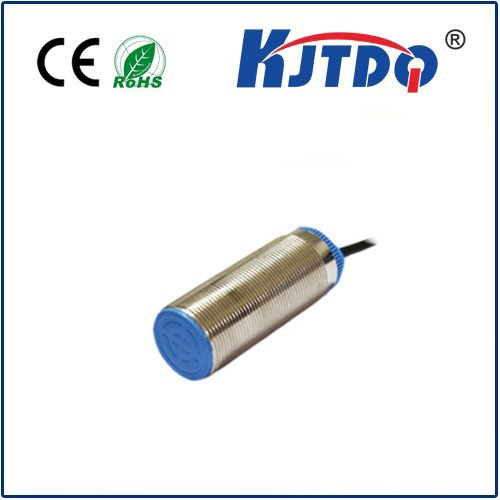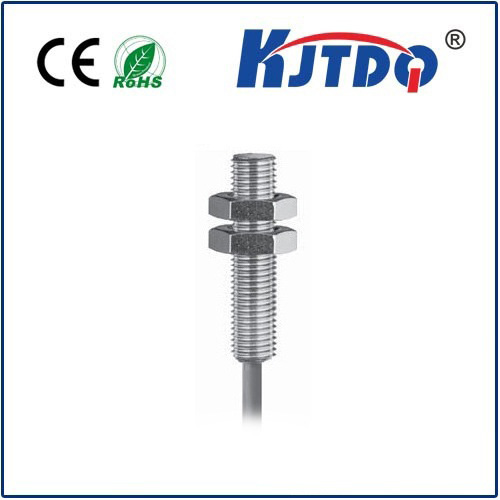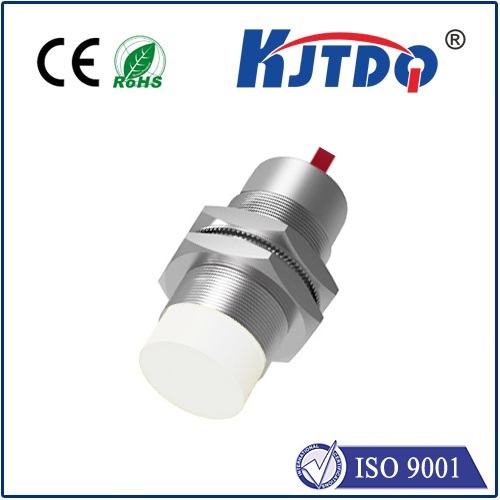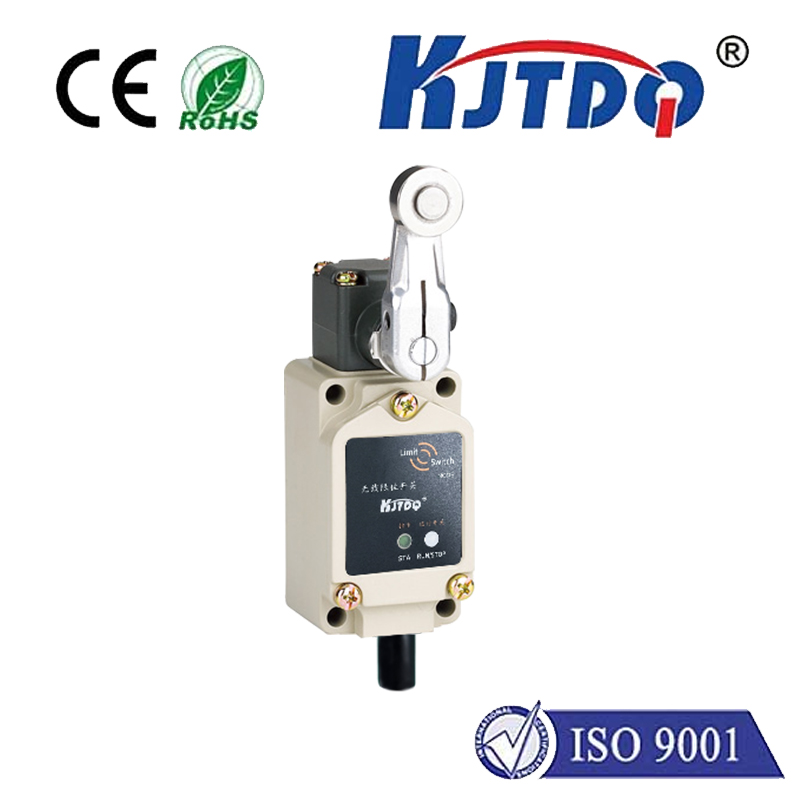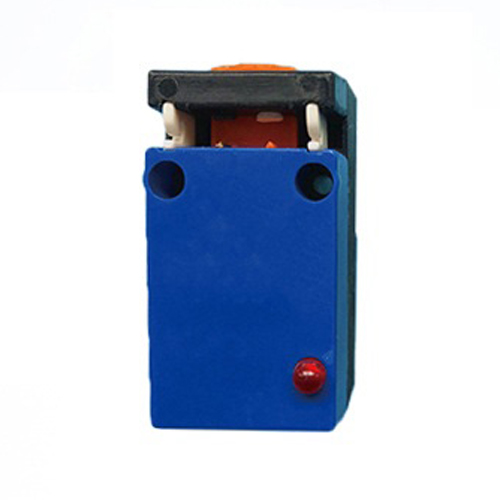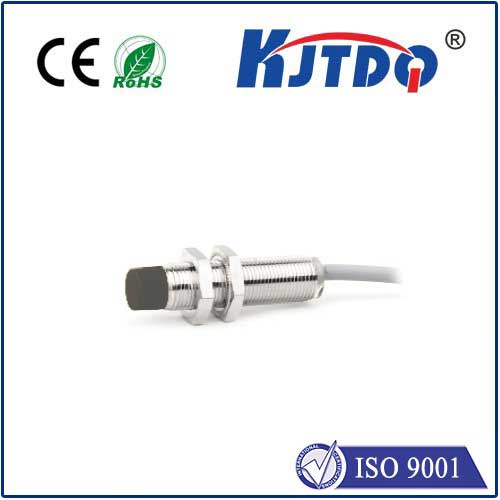Radar Motion Sensor: Enhancing Safety and Efficiency in Modern Technology
In today’s fast-paced world, technology continues to evolve, and one of the most transformative innovations in the field of automation and safety is the radar motion sensor. These sensors are not only essential in industrial settings but also play a crucial role in everyday life, from smart home devices to autonomous vehicles. Understanding how radar motion sensors work and their applications can help us appreciate their significance in modern technology.
A radar motion sensor operates by emitting electromagnetic waves and detecting the reflected signals. These waves travel through the air, bounce off objects, and return to the sensor. The time it takes for the waves to return is used to calculate the distance and speed of the object. This information is then processed by the sensor’s control system, allowing it to determine whether an object is present, moving, or stationary. The key advantage of radar motion sensors is their ability to detect objects even in low-light conditions, making them ideal for use in environments where visibility is limited.

In industrial settings, radar motion sensors are used to monitor the movement of machinery and personnel. They help in ensuring that workers remain safe by detecting any unauthorized movement near equipment. Additionally, they are employed in automated systems to control the operation of machinery, such as in warehouses or manufacturing plants, where precision and efficiency are paramount. By providing real-time data on object movement, these sensors enable industries to optimize workflows and reduce the risk of accidents.
In the context of smart homes and IoT devices, radar motion sensors are integrated into security systems, lighting, and climate control systems. For instance, when a person enters a room, the sensor can trigger lights to turn on or adjust the temperature. This not only enhances convenience but also promotes energy efficiency. Moreover, these sensors can detect movement in areas that are not easily visible, such as behind furniture or in corners, ensuring that no one is overlooked.
Autonomous vehicles rely heavily on radar motion sensors to navigate and avoid obstacles. These sensors work in conjunction with other technologies like LiDAR and cameras to create a comprehensive picture of the environment. By detecting the movement of objects around the vehicle, radar motion sensors help in making real-time decisions, such as braking or changing direction, ensuring safer and more efficient travel.
Despite their benefits, radar motion sensors are not without their challenges. One of the main concerns is their accuracy in adverse weather conditions, such as heavy rain or fog, where the reflection of electromagnetic waves can be affected. Additionally, the cost of these sensors can be a barrier for some applications, especially in smaller businesses or home settings. However, advancements in technology are continuously improving the performance and affordability of these sensors, making them more accessible and reliable.
In conclusion, radar motion sensors are a vital component of modern technology, offering a range of benefits across various industries. Whether in industrial automation, smart homes, or autonomous vehicles, their role in enhancing safety, efficiency, and convenience is undeniable. As technology continues to advance, the future of radar motion sensors looks promising, with ongoing research aimed at improving their capabilities and expanding their applications.
